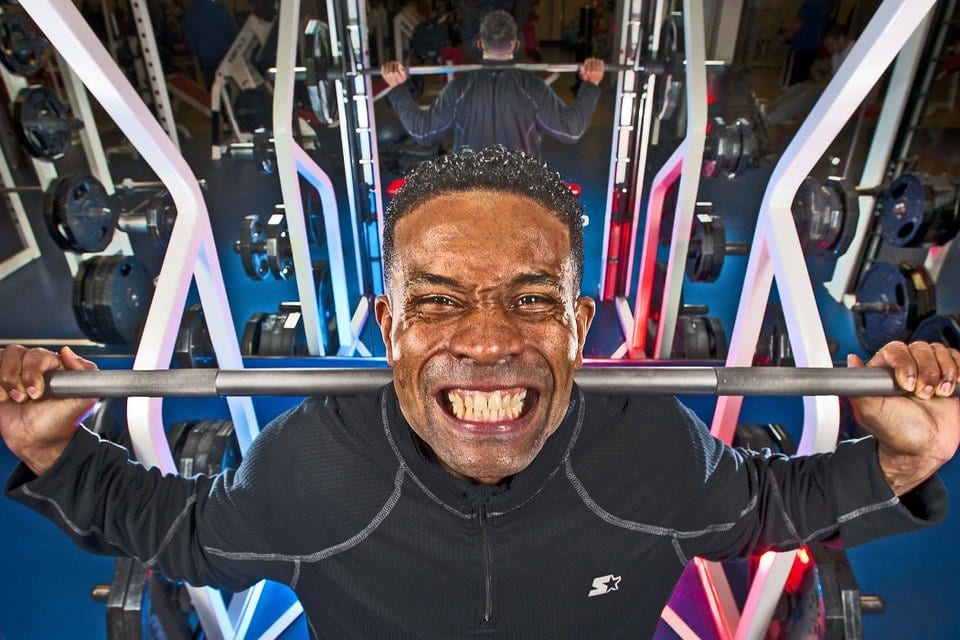Techniques For Busting Through A Squat Plateau
21/12/2019
They say that the squat is the “king of exercises” because it targets so many major muscle groups. So when you find yourself plateauing, it’s cause for concern. If you’re unable to crank out reps at a heavier weight, it’s a sign that you’re no longer making any progress.
The good news is that once you know why your squat has plateaued, you’re in a position to do something about it. Check out the following reasons you’re not making the progress you’d like:
Reason #1: You’re Not Varying Your Reps
Building your strength on the squat requires you to exercise your slow and fast-twitch muscle fibres, along with all the medium ones in between. For maximum performance, you need all of them to engage every time you lift.
Each type of muscle fibre responds to a different rep range. A small number of reps activates slow-twitch fibres, while a large number of reps activate the fast-twitch variety.
Thus, if you want success on the squat rack, do a combination of the two. While many strength trainers frequently do sets in the low rep range on squats, far fewer ever go above twenty.
Reason #2: You’re ONLY Doing Squats
While squats are a great way to improve your overall muscularity, especially on your lower body, they won’t build massive legs by themselves. You need to include other exercises.
If you’ve hit a plateau on the squat, take a break from it for a month or so and focus on other movements. Hit the leg press and the hack squat machine. If that doesn’t work, try using single-leg exercises like split-squats and pistol squats. Isolating the legs forces them to develop more balancing muscles and may activate individual muscle fibres more.
Reason #3: You’re Not Strengthening Your Joints
As soon as you move above 200 lbs on the squat, you start putting enormous strain on your joints. It’s essential, therefore, to include things like knee strengthening yoga in your routine. You need to make sure that your bones, ligaments, and tendons keep up with your muscle growth. If you don’t, you’ll max out and potentially hurt yourself.
Reason #4: You’re Not Eating Right
The squat is a movement that recruits the most massive muscles in your body. Thus, if you’re not getting sufficient calories to sustain them, you can run into trouble.
Muscle needs food to grow. If you’re not putting on weight, you’re not gaining muscle and, therefore, you won’t get stronger. Keep a food diary to ensure that you’re getting enough calories and hitting your macros.
Reason #5: You’re Not Taking Enough Rest
Many people are surprised to find out that exercise doesn’t benefit their body directly. In fact, there’s a lot of evidence that physical activity actually harms the body.
People, however, experience the benefits of exercise when they rest. Exercise signals to the body to go into maintenance mode, repair any damage, and come back stronger.
If you’re trying to increase your squat performance, focus more on rest. Leave at least three days between sessions.